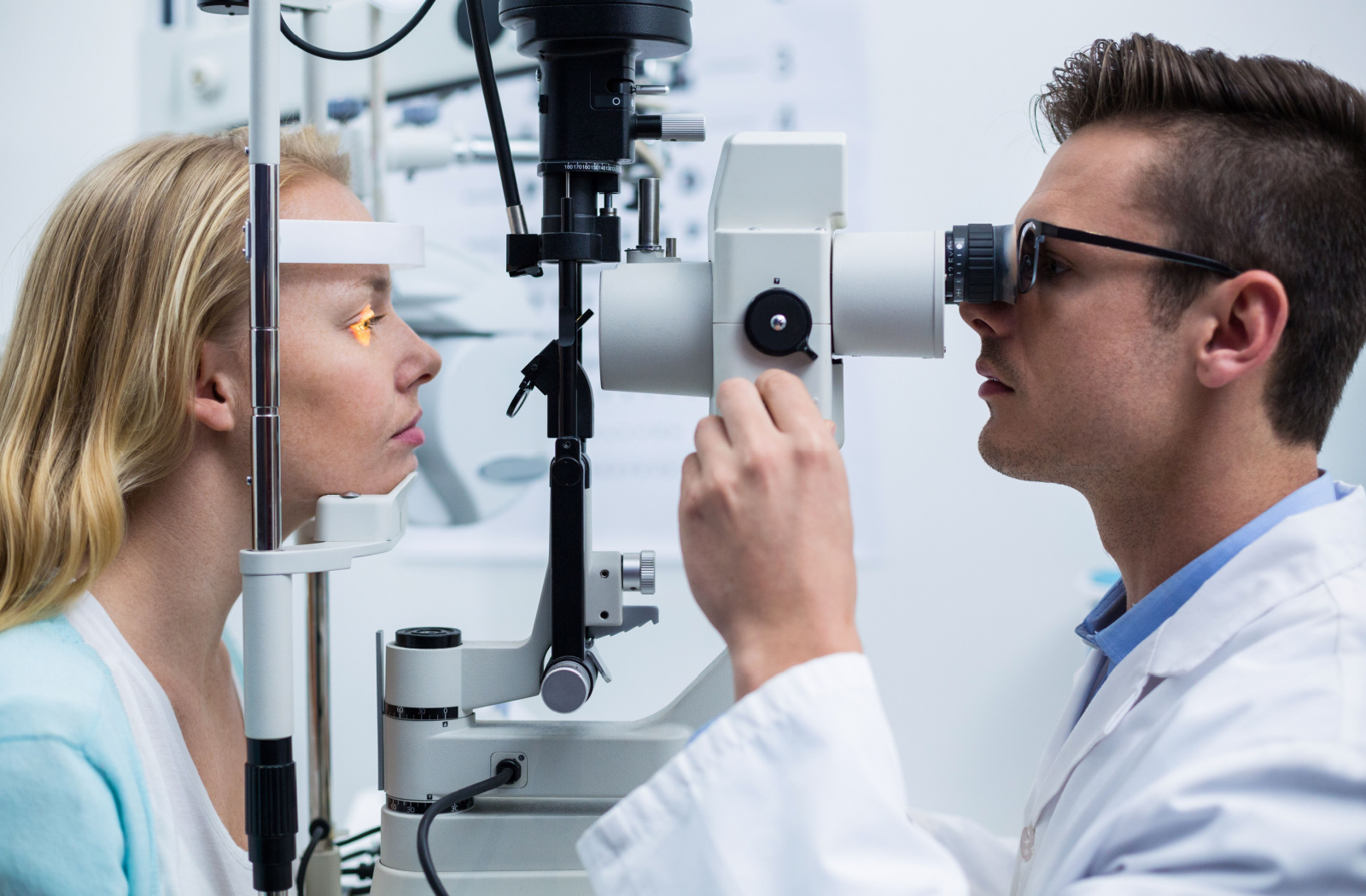Pink eye and styes are two common eye conditions that can cause discomfort and irritation. Both have similar symptoms, making it difficult to differentiate between the two. Knowing the differences between pink eye and a stye can help you receive the appropriate treatment faster.
Pink eye, also called conjunctivitis, is the inflammation or infection of the outer membrane of the eyeball and inner eyelid. Symptoms include redness, itching, and a gritty feeling in the eye. On the other hand, a stye is a painful, red bump that forms on the edge of the eyelid, often due to a bacterial infection in an oil gland.
To discern between pink eye and a style, the key is to observe the specific symptoms. While both conditions can cause redness, discomfort, and swelling, a stye is usually characterized by a distinct lump on the eyelid. On the contrary, pink eye typically affects the entire eye, accompanied by a general redness and inflammation, and possibly a discharge.
Types & Symptoms of Pink Eye
Pink eye can manifest in different forms, each with its own set of symptoms:
- Viral Conjunctivitis: This type is usually associated with colds or respiratory infections. Symptoms may include redness, watery eyes, itchiness, and sensitivity to light. It can be highly contagious and often affects both eyes.
- Bacterial Conjunctivitis: Caused by bacteria, this type may result in redness, discharge (yellow or green), crusty eyelids, and swollen eyelids. It can affect one or both eyes and is also contagious.
- Allergic Conjunctivitis: Allergic conjunctivitis, triggered by allergens like pollen, dust mites, or pet dander, causes itching, redness, watery discharge, and swollen eyelids. It affects both eyes simultaneously and can be seasonal or perennial depending on the allergen.
How to Identify Pink Eye Through Its Symptoms
Identifying pink eye is relatively straightforward as it presents with distinct symptoms. Look out for:
- Redness in the whites of the eyes
- Irritation or itchiness
- Excessive tearing or watery eyes
- Discharge from the eyes, which can be clear, white, yellow, or green
- Crusty eyelids upon awakening
- Swollen, puffy eyelids
- Sensitivity to light
While some cases of pink eye may resolve on their own, others may require medication or additional care.
Prevention of Pink Eye
Pink eye can be highly contagious, so taking preventive measures is crucial. Here are some tips to prevent the spread of pink eye:
- Wash your hands regularly, especially after touching your eyes or face.
- Avoid sharing personal items such as towels and cosmetics with others.
- Practice good hygiene by disinfecting surfaces that come into contact with the infected person’s eye discharge.
- Avoid touching your eyes with unwashed hands.
- If you wear contact lenses, make sure to properly clean and store them to avoid infection.
- If you have allergies, try to avoid allergens that trigger your symptoms.
- Stay home from work or school until the pink eye has cleared up to prevent spreading it to others.
Types & Symptoms of Stye
There are two types of styes:
- External Stye: This type appears as a red, painful bump on the edge of the eyelid. It is caused by an infection in the hair follicles of the eyelash.
- Internal Stye: This type appears as a swollen bump inside the eyelid and is caused by an infection in the oil glands.
Both types of styes can be treated with warm compresses, over-the-counter pain relievers, and occasionally antibiotics if the infection is severe. If a stye does not improve or becomes increasingly painful, seek medical attention as it may require drainage or medication.
How to Identify Stye Through Its Symptoms
If you experience any of the following symptoms, it may be a stye:
- A red, painful bump on or inside the eyelid
- Swelling and tenderness around the eye
- Discharge from the affected area
- Sensitivity to light
Styes can also sometimes cause other symptoms like blurred vision or a feeling of something in your eye. If you experience these symptoms, seek medical attention immediately.
Prevention of Styes
To prevent styes, it is important to maintain good hygiene practices such as:
- Washing your hands frequently and avoiding touching your eyes
- Avoiding sharing personal items like towels, makeup, or contact lenses with others
- Removing all eye makeup before going to bed
If you wear contact lenses, make sure to properly clean and disinfect them before each use. It is also important to replace your contact lens case every 3 months or as recommended by your eye doctor.
Differences Between Pink Eye & a Stye
While both conditions can cause redness and swelling, there are some key differences between pink eye (conjunctivitis) and a stye such as:
- Pink eye affects the conjunctiva, the clear membrane covering the white of your eye and inside your eyelids, while a stye affects the oil glands in your eyelid
- Pink eye can be caused by a virus or bacteria, whereas a stye is typically caused by bacterial infection
- Pink eye can cause watery discharge while a stye produces a thicker, pus-like discharge

River Heights Eye Care: Your Trusted Partner For Comprehensive Eye Care & Optimal Eye Health
If you experience symptoms of pink eye or a stye, consult with your doctor right away for a proper diagnosis and treatment plan. Overall, practicing good hygiene habits can help prevent both conditions. Early detection and treatment can help alleviate symptoms and promote faster healing. River Heights Eye Care provides comprehensive eye care services for all members of the family. Schedule an appointment with us today and let us help you maintain and improve your eye health.


